Fujita scale developed in Midwest in 1971 to measure tornadoes

Fujita scale developed in Midwest in 1970s
You probably recognize the name Dr. Ted Fujita from the?Fujita Scale -- the original tornado scale that he developed in 1971 in the Midwest.?
MILWAUKEE - "I was born in Japan of course way back in...I'm 67.4 years old." Those are the words of one of the most influential Asian Americans ever to work in the field of atmospheric sciences, Dr. Ted Fujita, during a 1988 interview for the American Meteorological Society Oral History Project Collection.
You probably know that name from the Fujita Scale -- the original tornado scale that he developed in 1971 in the Midwest. It is the basis for the Enhanced Fujita Scale that meteorologists use today.
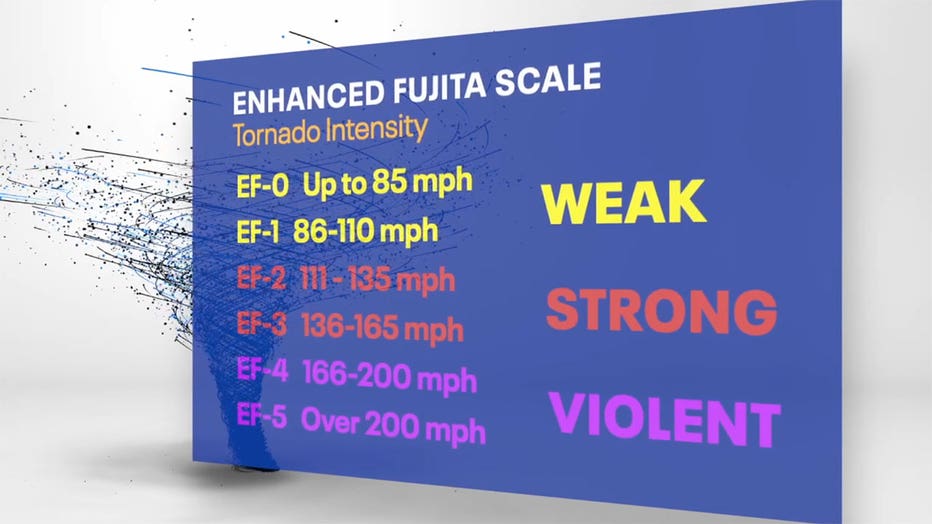
Fujita's birthplace of Japan was key to his later scientific discoveries.
RELATED: Listen to the original interview with Dr. Ted Fujita
UW Madison Research Scientist Leigh Orf explained that Fujita "saw the damage left behind by the atomic bombs, and he came to America. He started looking at the damage from micro bursts, which are explosive down bursts. He started noticing damage patterns that reminded him of what he'd seen from those early bombs."
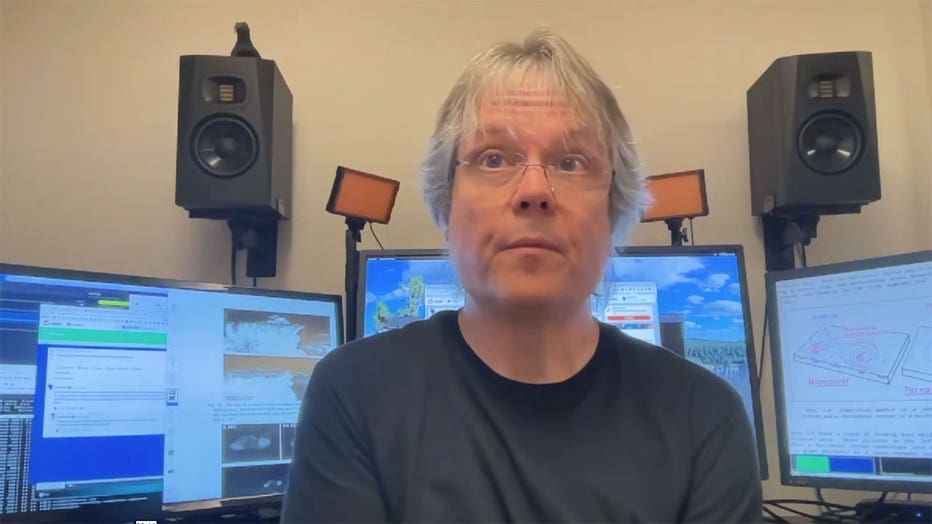
UW Madison Research Scientist Leigh Orf
It was a certain weather pattern that spared Fujita from that bombing, allowing him to pursue his atmospheric discoveries.
Fujita was living in Kokura, Japan during World War II, which was the primary target for the "Fat Man" atomic bomb. But on the morning of August 9, 1945, the city was obscured by clouds and smoke, so the bomb was dropped on the secondary target, Nagasaki.
SIGN UP TODAY: Get daily headlines, breaking news emails from FOX6 News
Dr. Fujita was fascinated by the environment very early on. He shared a story from his youth during a 1988 interview for the American Meteorological Society.
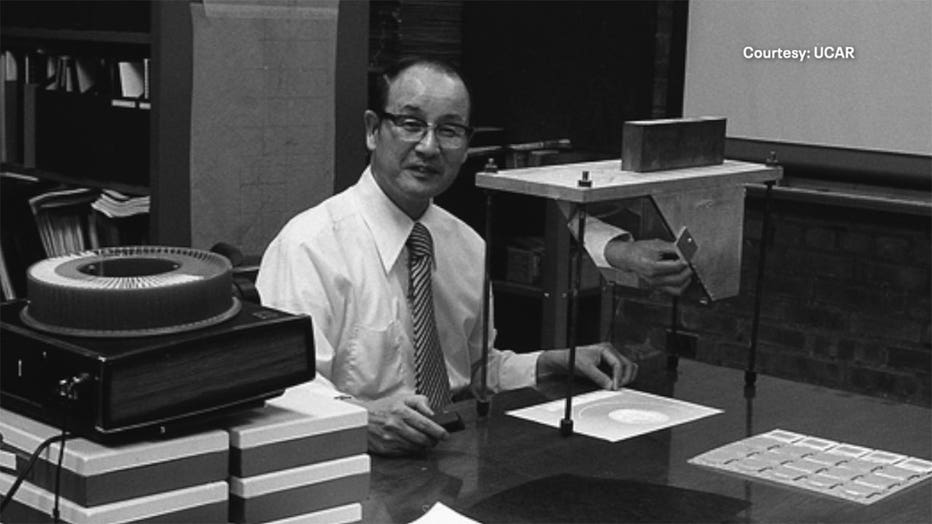
Dr. Ted Fujita
"My father really got mad because when a typhoon came, he found I was standing on top of the roof. My father said, ‘What are you doing, my son?’ I said, 'I'm measuring wind!' He said, that's the most dangerous place. He drug me down," Fujita said.
Once again, Fujita had been spared to continue his weather research. That fascination with the wind eventually paid off.
According to Leigh Orf, Dr. Fujita's discovery on microburst was a game changer for the science.
"He found them people didn't believe microburst existed. He conducted two, or he led two field programs, one in Northern Illinois and the other in Colorado. And he found down bursts! He found them, he measured them, he took radar observations of them, and he came up with an idea of how they work, and it was transformational research," Orf said.
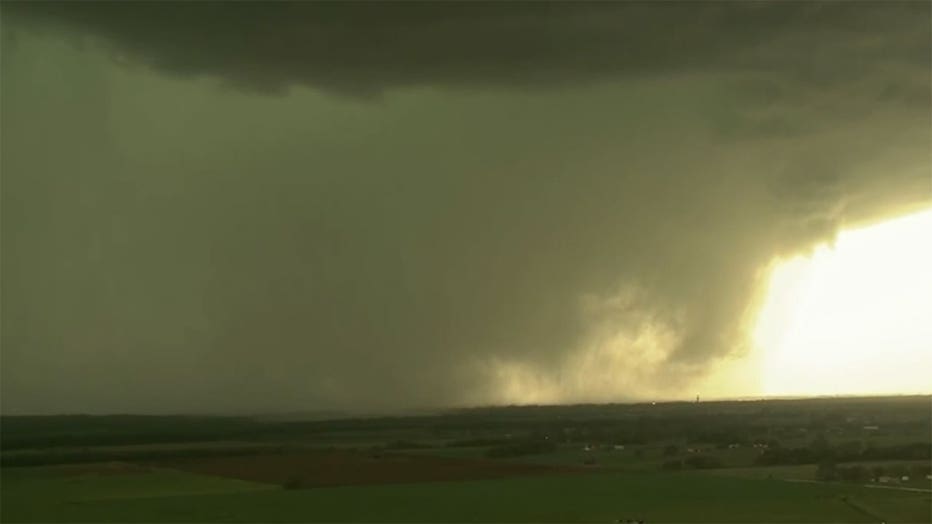
That transformation happened only after Fujita moved to the United States to work at the University of Chicago. Orf figures that choice of location also had an impact on Fujita's work.
"If you're gonna study thunderstorms, down bursts, and tornadoes, a great place to do that is the Midwest, we have a lot of that weather here," Orf said.
To take his study of tornadoes to the next level, Fujita went to the damage zone to study the impact and, in essence, "reverse engineer" what had happened.
According to Warnings Coordination Meteorologist Tim Halbach with the National Weather Service, he revolutionized storm surveying procedures.
"He turned it into a crime scene sort of investigation where you might not know everything that happened, but you had to piece it together the details of the damage pattern," Halbach said.

Warnings Coordination Meteorologist Tim Halbach
Fujita's investigative technique is one that is still used today in the field by meteorologists just like Halbach.
"When we get on scene, we typically find the first worst damage and assess that location, and from there we just go in both directions until we can't find any more damage. That's exactly what Dr Fujita did back in the day," Halbach said.
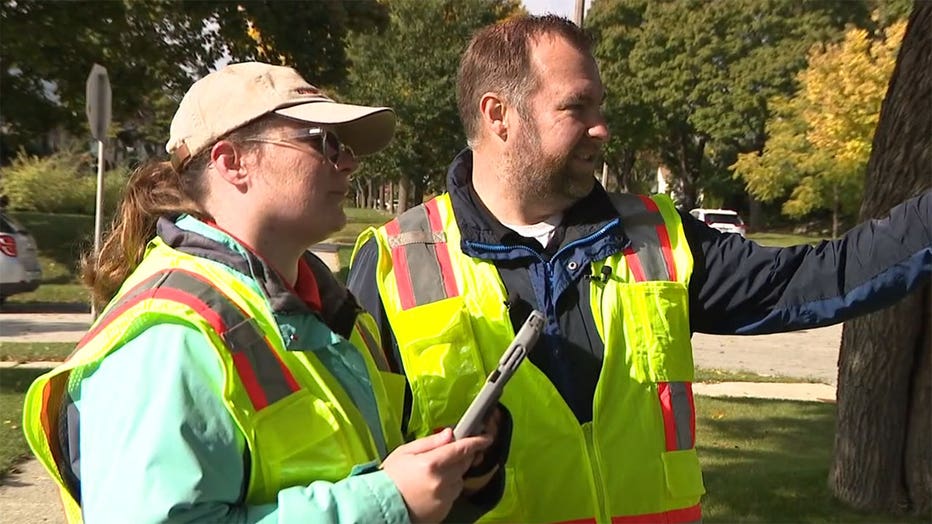
"All of that stuff goes back to Dr. Fujita's early work where he was out there in the field looking for the patterns looking for the damage patterns on the ground and then telling a story," Orf said.
Dr Fujita's story is one that has helped saved numerous lives, helping us learn more about tornadoes, and how they form, but perhaps the greatest story was his own.
FREE DOWNLOAD: Get breaking news alerts in the FOX6 News app for iOS or Android
Dr. Tetsuya Theodore Fujita -- born in Japan, made famous in America.
NOTE: Clips from the interview with T.T. Fujita are part of the American Meteorological Society Oral History Project Collection and used with permission from the American Meteorological Society. The American Meteorological Society Oral History Project was created as a joint program between the American Meteorological Society and the University Corporation for Atmospheric Research. It aims to capture the history of the atmospheric sciences as told by the researchers, scientists, administrators and others working in the field.
© American Meteorological Society. Used with permission.

